Ecosyste.ms: Awesome
An open API service indexing awesome lists of open source software.
https://github.com/LeandroBarone/python-ascii_magic
Converts pictures into ASCII art
https://github.com/LeandroBarone/python-ascii_magic
Last synced: 9 days ago
JSON representation
Converts pictures into ASCII art
- Host: GitHub
- URL: https://github.com/LeandroBarone/python-ascii_magic
- Owner: LeandroBarone
- License: mit
- Created: 2020-11-26T16:44:40.000Z (over 3 years ago)
- Default Branch: master
- Last Pushed: 2024-02-24T23:46:22.000Z (4 months ago)
- Last Synced: 2024-06-18T17:14:14.426Z (9 days ago)
- Language: Python
- Size: 2.92 MB
- Stars: 90
- Watchers: 6
- Forks: 17
- Open Issues: 4
-
Metadata Files:
- Readme: README.md
Lists
- awesome-fancy-toolkit - Converts pictures into ASCII art, python-ascii_magic
README
# ASCII Magic
Python package that converts images into ASCII art for terminals and HTML. Thanks to [Colorama](https://github.com/tartley/colorama) it's compatible with the Windows terminal.
Code based on [ProfOak's Ascii Py](https://github.com/ProfOak/Ascii_py/).
# Changelog
### v2.3 - Feb 2023
- Craiyon support: from_craiyon()
### v2.2 - Feb 2023
- Stable Diffusion support: from_stable_diffusion()
### v2.1 - Feb 2023
- DALL-E support: from_dalle()
### v2.0 - Feb 2023
- Complete rewrite, full OOP, no longer compatible with 1.x
- Added support for foreground color
- to_html()
### v1.6 - Sep 2021
- OOP functionality
- to_file()
### v1.5 - Nov 2020
- First public release
# How to install
pip install ascii_magic
# Quickstart
```python
from ascii_magic import AsciiArt
my_art = AsciiArt.from_image('moon.jpg')
my_art.to_terminal()
```
Result:
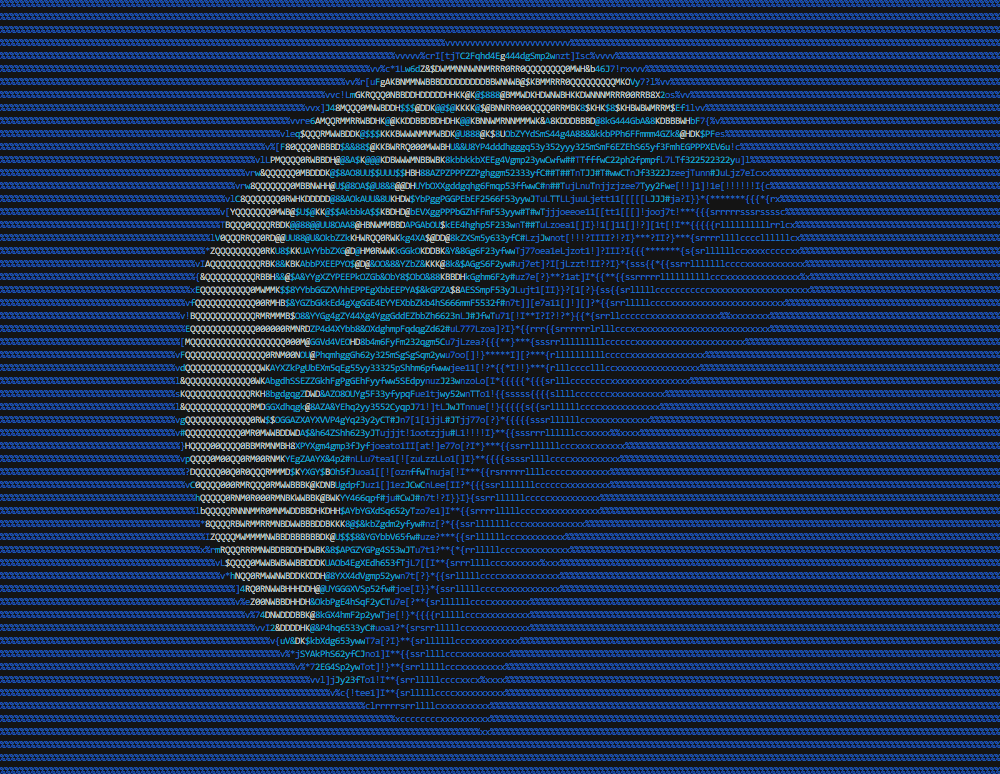
# The class AsciiArt
This module's entire functionality is contained within the class AsciiArt, which has a collection class methods, such as ```AsciiArt.from_image()```, that return ```AsciiArt``` objects with pictures from different sources: files, URLs, the clipboard, etc.
These objects have multiple methods, such as ```my_art.to_terminal()```, that generate ASCII art pieces from the picture. These methods have parameters such as ```columns``` that allow you to change the appearance of the art piece.
For convenience, the module ```ascii_magic``` also exposes a collection of functions with the same name as the class methods mentioned above, which do exactly the same.
Example:
```python
from ascii_magic import AsciiArt, from_image
# This:
my_art = AsciiArt.from_image('lion.jpg')
my_art.to_terminal()
# Does the same as this:
my_art = from_image('lion.jpg')
my_art.to_terminal()
```
This class is essentially a wrapper for a Pillow image. The property ```AsciiArt.image``` exposes the underlying Pillow object so you can manipulate it directly.
Example:
```python
from ascii_magic import AsciiArt
from PIL import ImageEnhance
my_art = AsciiArt.from_image('lion.jpg')
my_art.image = ImageEnhance.Brightness(my_art.image).enhance(0.2)
my_art.to_terminal()
```
## quick_test()
Loads a random Unsplash picture with the default parameters and prints it to the terminal, allowing you to verify in a single line of code that everything is running O.K.
```python
AsciiArt.quick_test() -> None
```
Example:
```python
from ascii_magic import AsciiArt
AsciiArt.quick_test()
```
## from_image()
Creates an ```AsciiArt``` object from an image file.
```python
from_image(path: str) -> AsciiArt
```
Parameters:
- ```path (str)```: an image file compatible with Pillow, such as a jpeg or png
Example:
```python
from ascii_magic import AsciiArt, Back
my_art = AsciiArt.from_image('lion.jpg')
my_art.to_terminal(columns=200, back=Back.BLUE)
```
Result:
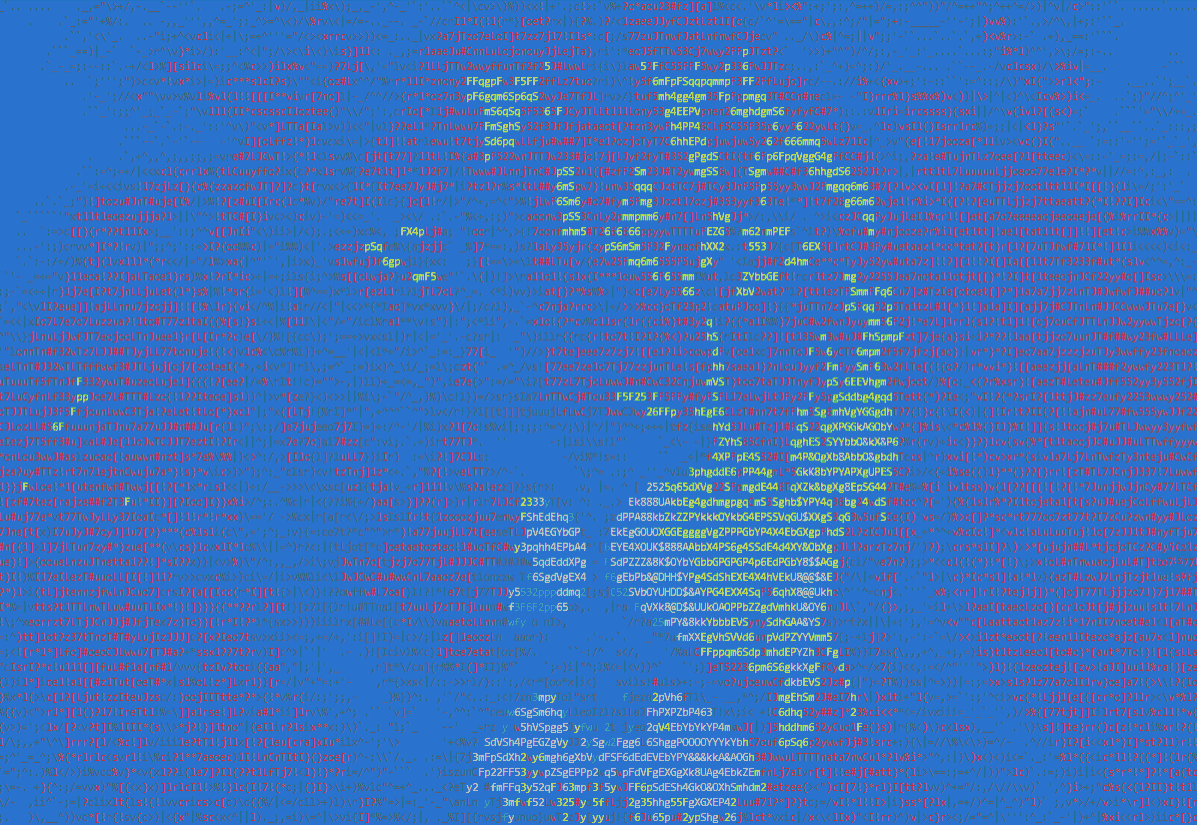
Example:
```python
from ascii_magic import AsciiArt
my_art = AsciiArt.from_image('lion.jpg')
my_art.to_html_file('ascii_art.html', columns=200, width_ratio=2)
```
Result:
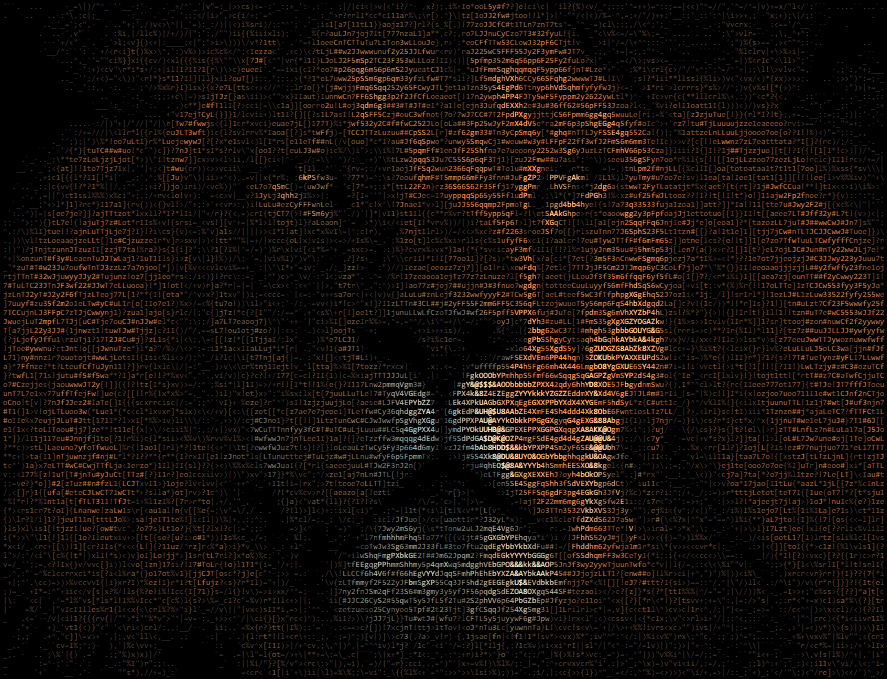
Example:
```python
from ascii_magic import AsciiArt
my_art = AsciiArt.from_image('lion.jpg')
my_art.to_terminal(columns=200, monochrome=True)
```
Result:
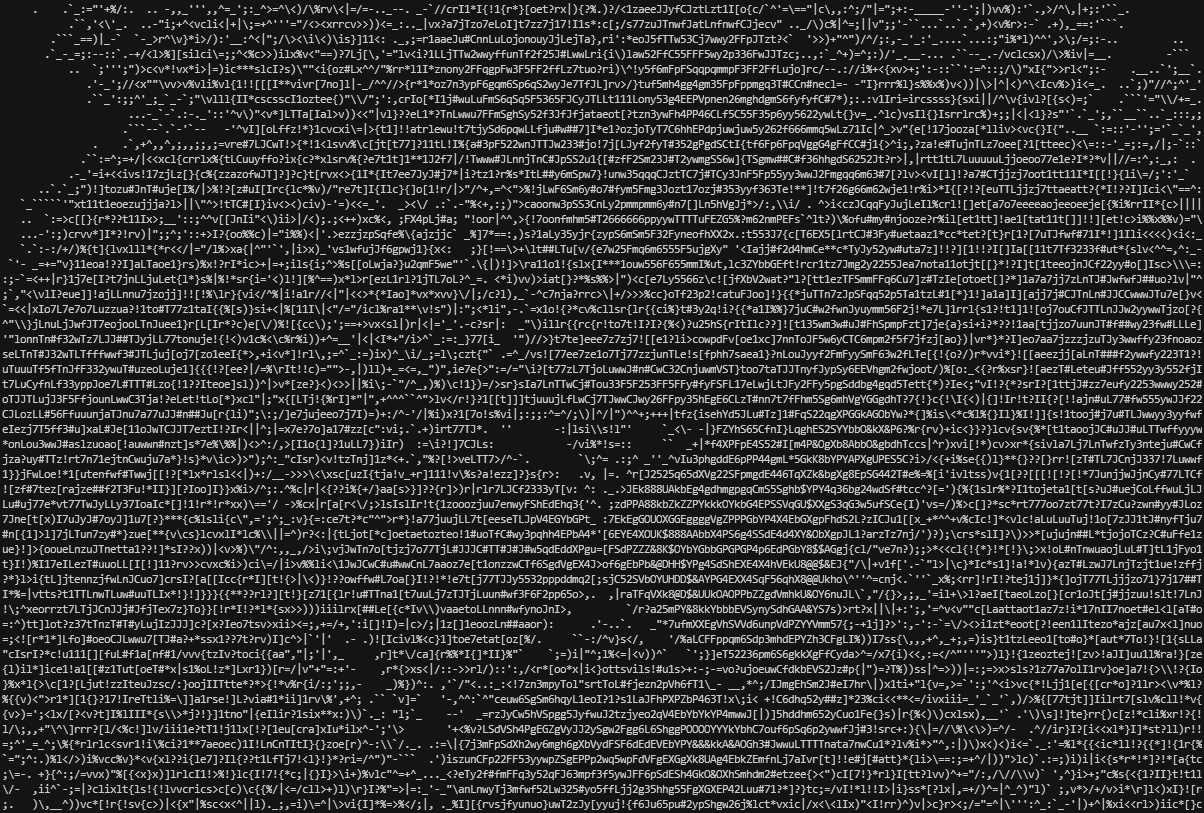
## from_craiyon()
Creates an ```AsciiArt``` object with [Craiyon](https://www.craiyon.com/), previously known as DALL-E Mini, a machine learning model that can generate realistic images from a description in natural language.
Keep in mind that this process can take one minute or more!
```python
from_craiyon(prompt: str) -> AsciiArt
```
Parameters:
- ```prompt (str)```: a description of an image in natural language
Example:
```python
from ascii_magic import AsciiArt
my_art = AsciiArt.from_craiyon('A portrait of a cow with noble clothes')
my_art.to_html_file('cow_craiyon.html', columns=200)
```
Result:
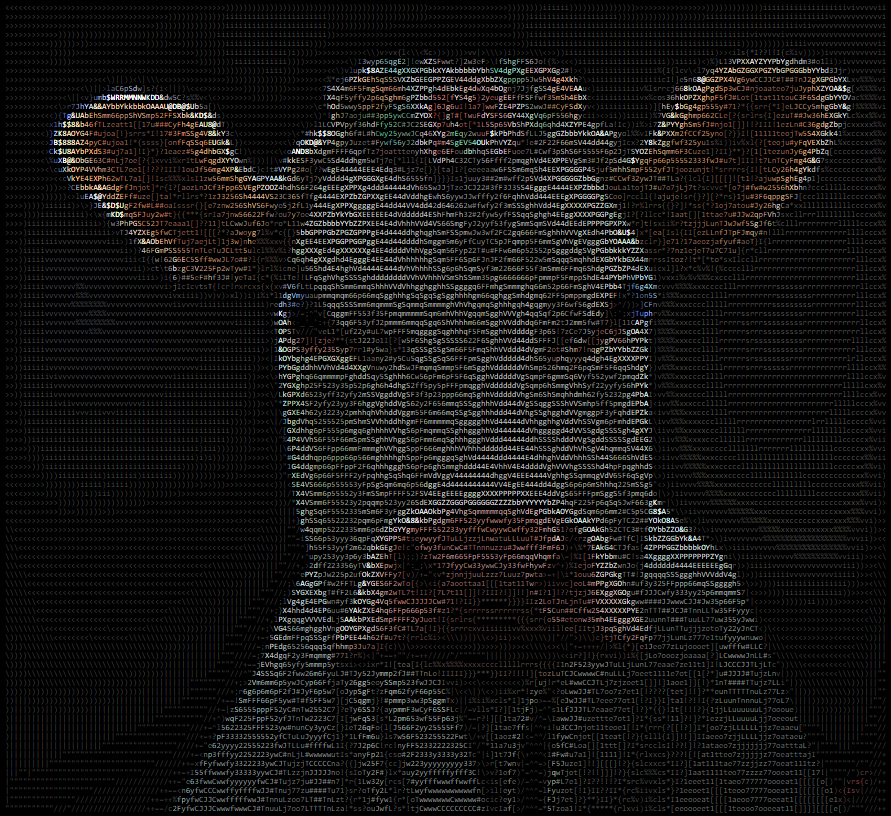
## from_dalle()
Creates an ```AsciiArt``` object with [DALL-E](https://openai.com/dall-e/), a machine learning model that can generate realistic images from a description in natural language. Requires a [DALL-E API key](https://platform.openai.com/account/api-keys). The API key can be configured in the module as described in the OpenAI documentation (```openai.api_key = api_key```) or through this function call.
```python
from_dalle(
prompt: str,
api_key: Optional[str]
) -> AsciiArt
```
Parameters:
- ```prompt (str)```: a description of an image in natural language
- ```api_key (str, optional)```: a DALL-E API key
Example:
```python
from ascii_magic import AsciiArt
api_key = 'SK-AFAKEDALLEAPIKEY'
my_art = AsciiArt.from_dalle('A portrait of a cow with noble clothes', api_key)
my_art.to_html_file('cow_dalle.html', columns=200)
```
Result:
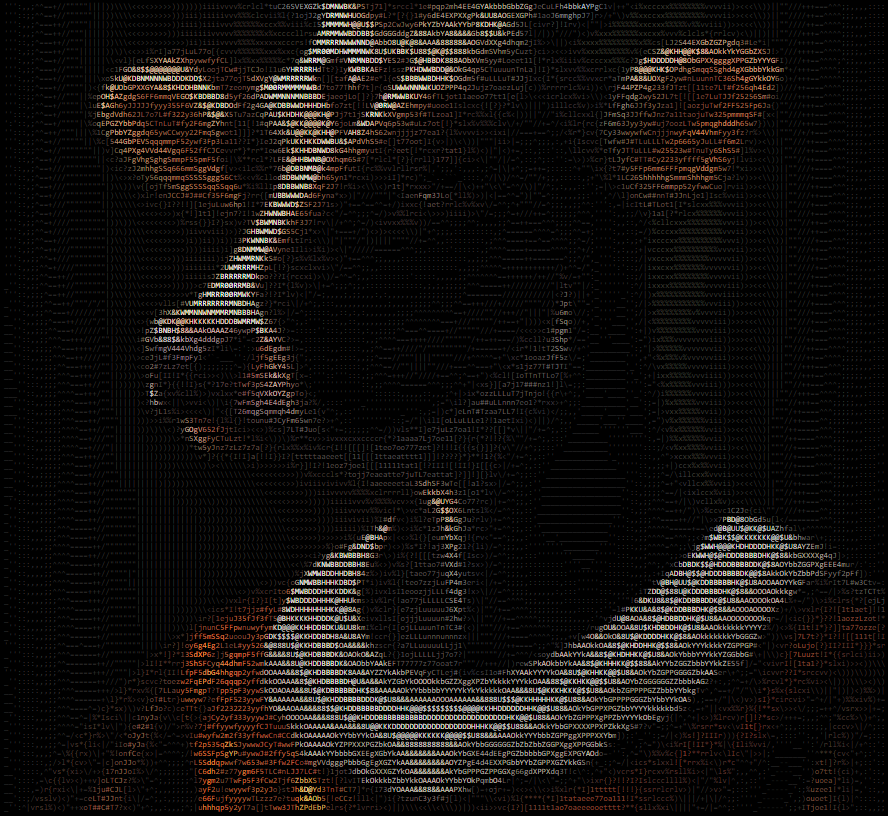
## from_stable_diffusion()
Creates an ```AsciiArt``` object with [Stable Diffusion](https://stability.ai/), a machine learning model that can generate realistic images from a description in natural language. Requires a [Stable Diffusion API key](https://platform.stability.ai/).
```python
from_stable_diffusion(
prompt: str,
api_key: str,
steps: int = 30,
engine: Optional[str],
) -> AsciiArt
```
Parameters:
- ```prompt (str)```: a description of an image in natural language
- ```api_key (str, optional)```: a Stable Diffusion API key
- ```steps (int, optional)```: amount of inference steps performed (see Stable Diffusion documentation)
- ```engine (str, optional)```: set the engine to use for generation (see Stable Diffusion documentation)
Example:
```python
from ascii_magic import AsciiArt
api_key = 'SK-AFAKESTABLEDIFFUSIONAPIKEY'
my_art = AsciiArt.from_stable_diffusion('A portrait of a cow with noble clothes', api_key)
my_art.to_html_file('cow_stable_diffusion.html', columns=200)
```
Result:
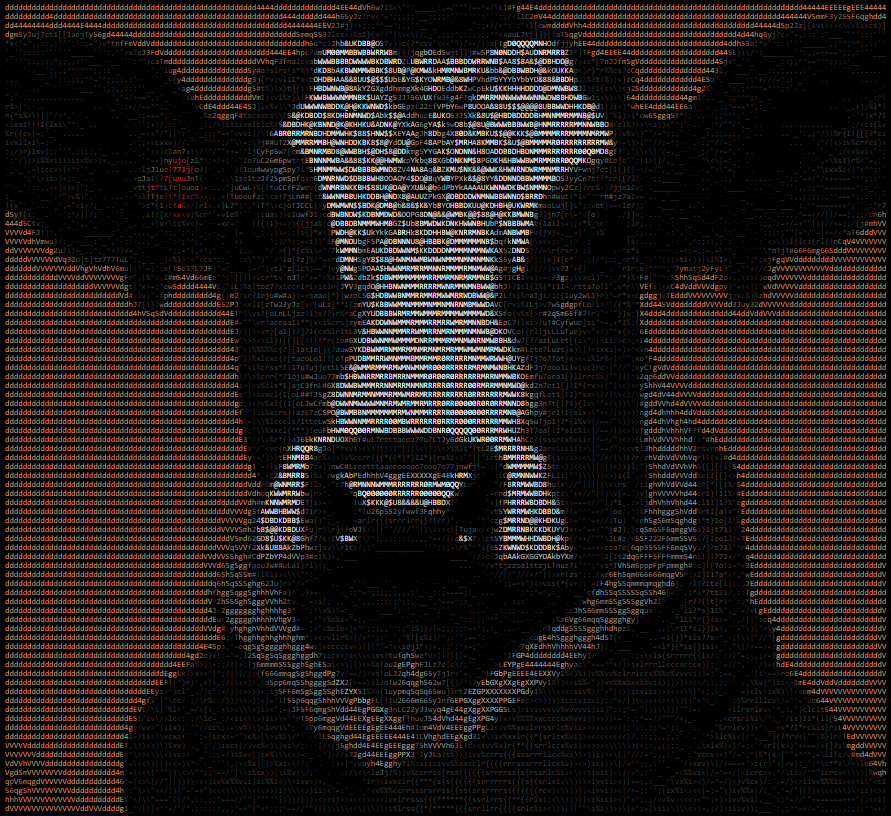
## from_url()
Creates an ```AsciiArt``` object from an image URL. Raises an ```urllib.error.URLError``` if something goes wrong while requesting the image, but you can also catch it as an ```OSError``` if you don't want to import ```urllib``` into your project.
```python
from_url(url: str) -> AsciiArt
```
Parameters:
- ```url (str)```: an URL which will be loaded via urllib (supports redirects)
Example:
```python
from ascii_magic import AsciiArt
try:
my_art = AsciiArt.from_url('https://source.unsplash.com/800x600?nature')
except OSError as e:
print(f'Could not load the image, server said: {e.code} {e.msg}')
my_art.to_terminal()
```
## from_clipboard()
Creates an ```AsciiArt``` object from the contents of the clipboard. Raises an ```OSError``` if the clipboard doesn't contain an image. Requires [PyGObject](https://pygobject.readthedocs.io/en/latest/getting_started.html) under Linux.
```python
from_clipboard() -> AsciiArt
```
Example:
```python
from ascii_magic import AsciiArt
try:
my_art = AsciiArt.from_clipboard()
except OSError:
print('The clipboard does not contain an image')
my_art.to_terminal()
```
## from_pillow_image()
Creates an ```AsciiArt``` object from an image object created with Pillow. This allows you to handle the image loading yourself.
```python
from_pillow_image(img: PIL.Image) -> AsciiArt
```
Parameters:
- ```img (obj)```: an image object created with Pillow
Example:
```python
from ascii_magic import AsciiArt
from PIL import Image
img = Image.open('lion.jpg')
my_art = AsciiArt.from_pillow_image(img)
my_art.to_terminal()
```
# The AsciiArt object
An ```AsciiArt``` object created as explained above has a collection of methods, such as ```to_ascii()```, that allows you to create and display ASCII art pieces. All of them return a string, and some have additional functionality, as described below.
## to_ascii()
Returns a string containing ASCII art and, by default, control characters that allows most terminals (also known as shells) to display color.
The module ```ascii_magic``` exposes two enums to handle color: ```Front``` and ```Back``` which allow you to select terminal-compatible colors.
```python
AsciiArt.to_ascii(
columns: int = 120,
width_ratio: float = 2.2,
monochrome: bool = False,
char: Optional[str],
front: Optional[Front],
back: Optional[Back]
) -> str
```
Parameters:
- ```columns (int, optional)```: the number of characters per row, more columns = wider art
- ```width_ratio (float, optional)```: ASCII characters are not squares, so this adjusts the width to height ratio during generation
- ```monochrome (bool, optional)```: if set to True, disables the usage of control characters that display color
- ```char (str, optional)```: instead of using many different ASCII glyphs, you can use a single one, such as '#'
- ```front (enum, optional)```: overrides the foreground color with one of:
- ```Front.BLACK```
- ```Front.RED```
- ```Front.GREEN```
- ```Front.YELLOW```
- ```Front.BLUE```
- ```Front.MAGENTA```
- ```Front.CYAN```
- ```Front.WHITE```
- ```back (enum, optional)```: sets the background color to one of:
- ```Back.BLACK```
- ```Back.RED```
- ```Back.GREEN```
- ```Back.YELLOW```
- ```Back.BLUE```
- ```Back.MAGENTA```
- ```Back.CYAN```
- ```Back.WHITE```
Example:
```python
from ascii_magic import AsciiArt, Back
my_art = AsciiArt.from_image('lion.jpg')
my_output = my_art.to_ascii(columns=200, back=Back.BLUE)
print(my_output)
```
Result:

## to_terminal()
Identical to ```AsciiArt.to_ascii()```, but it also does a ```print()``` of the result, saving you one line of code ;)
## to_file()
Identical to ```AsciiArt.to_ascii()```, but it also saves the result to a text file.
```python
AsciiArt.to_file(
path: str,
# ... same parameters as AsciiArt.to_ascii()
) -> str
```
Parameters:
- ```path (str)```: the output file path
Example:
```python
from ascii_magic import AsciiArt
my_art = AsciiArt.from_image('lion.jpg')
my_art.to_file('lion.txt', monochrome=True)
```
## to_html()
Returns a string with ASCII art created as HTML markup. Accepts the same parameters as ```AsciiArt.to_ascii()```, except for ```back``` and ```front``` colors. By default the HTML ASCII art is generated with a 24-bit palette (16 million colors).
```python
AsciiArt.to_html(
full_color: bool = True,
# ... same parameters as AsciiArt.to_ascii(), except back and front colors
) -> str
```
Parameters:
- ```full_color (bool, optional)```: if set to False, limits color palette to 8 colors
Example:
```python
from ascii_magic import AsciiArt
my_art = AsciiArt.from_image('lion.jpg')
my_html_markup = my_art.to_html(columns=200)
```
## to_html_file()
Identical to ```AsciiArt.to_html()```, but it also saves the markup to a barebones HTML file inside a ```
``` tag with a bunch of default CSS styles that you can easily open in your browser.
```python
AsciiArt.to_html_file(
path: str,
styles: str = '...', # See description below
additional_styles: str = '',
auto_open: bool = False
# ... same parameters as AsciiArt.to_html()
) -> str
```
Parameters:
- ```path (str)```: the output file path
- ```styles (str, optional)```: a string with a bunch of CSS styles for the ```
``` element, by default:
- display: inline-block;
- border-width: 4px 6px;
- border-color: black;
- border-style: solid;
- background-color: black;
- font-size: 8px;
- ```additional_styles (str, optional)```: use this to add your own CSS styles without removing the default ones
- ```auto_open (bool, optional)```: if True, the file will be opened with ```webbrowser.open()```
Example:
```python
from ascii_magic import AsciiArt
my_art = AsciiArt.from_image('lion.jpg')
my_art.to_html_file('lion.html', columns=200, additional_styles='font-family: MonoLisa;')
```
Result:

# Licence
Copyright (c) 2020 Leandro Barone.
Usage is provided under the MIT License. See LICENSE for the full details.